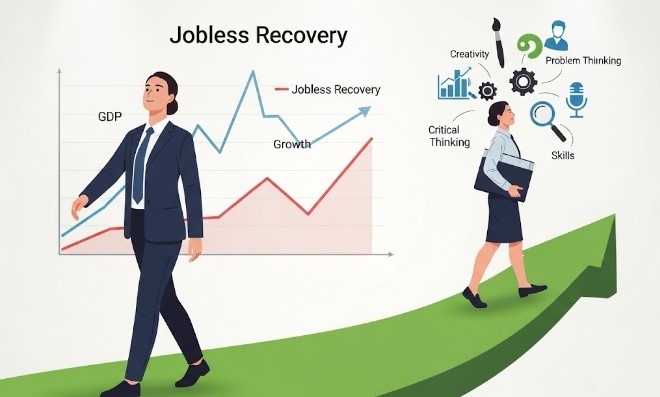Minimalism isn’t about living with nothing — it’s about living with intention. And when applied to money, it becomes a powerful strategy for financial freedom.
What Is Financial Minimalism?
Financial minimalism means simplifying your finances, reducing excess spending, and focusing only on what truly adds value to your life. It’s not about being cheap — it’s about being conscious.
Why Less Is More (Financially)
By cutting back on unnecessary purchases, subscriptions, and lifestyle inflation, you free up money for what matters most — saving, investing, and meaningful experiences. You also reduce stress, clutter, and decision fatigue.
Start with a Spending Cleanse
Track your expenses for one month. Then ask: What do I really need? What did I enjoy? What felt wasteful? Cancel or cut the rest. Redirect those funds to savings or debt repayment.
Practice Intentional Buying
Before you buy, pause and ask: Does this align with my goals? Is it a want or a need? Would I buy it again in 30 days? This builds financial clarity and avoids regret spending.
Build a Capsule Lifestyle
Capsule wardrobes, minimal home items, fewer digital tools — all help reduce costs and increase focus. The goal is not restriction, but freedom from decision overload and financial pressure.
Benefits Beyond Money
Minimalism often leads to better mental health, more time, stronger relationships, and greater life satisfaction. When your money isn’t tied to clutter, you can focus on purpose and peace.
Minimalism is more than a trend — it’s a financial mindset. By owning less and spending intentionally, you open the door to wealth, freedom, and a life of meaning on your own terms.





Leave a Reply